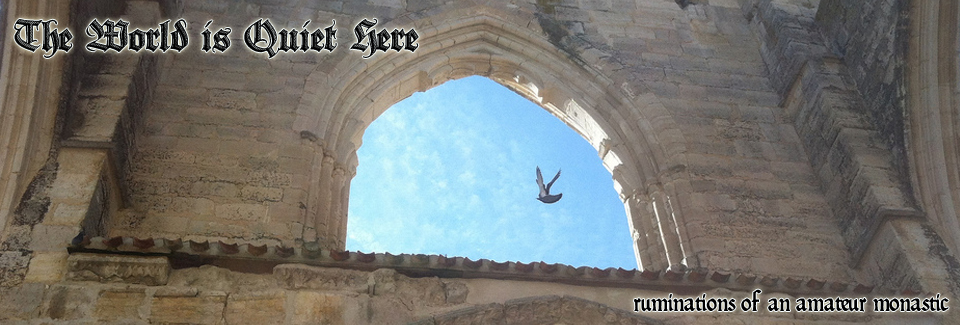The Phantom of the Octave

The Church used to celebrate many Octaves. Many great solemnities, and even some older feasts of lesser liturgical stature, had an Octave.
Some holy days are so holy that a single day can’t contain them. Take Easter, for instance. The ancient tradition of the Church is to add an entire week to the Sunday that is Easter, making it actually eight days long. This, we call an Octave.
By the 20th century, there were eighteen of them. So many, in fact, that they had to be ranked so that you knew how to liturgically celebrate them when they overlapped, as they tended to do throughout the Christmas Season in particular.
In 1955, Pope Pius XII suppressed most of them, leaving only three. Less than twenty years later in the general reform of the calendar, the Octave of Pentecost was likewise suppressed, leaving only two: Christmas and Easter.
Personally, I think this a poverty. I confess that the calendar reforms have by and large befuddled me, but that’s how it goes. Clearly, eighteen overlapping Octaves was too many, but two is too few. I’m personally in favour of restoring the Octaves of Epiphany and Pentecost, but it’s unlikely that anybody with the power to make these sorts of decisions is going to ask my opinion on the matter.

What I find fascinating is that the ghosts of some of these suppressed Octaves may still be found in the liturgical books of 1962 and 1970.
In the Extraordinary Form Missale Romanum of 1962, one can still discern the Masses of the Octave of the Epiphany. And in my Benedictine Breviary, the Office still uses the antiphons of the “former Octave”.
Even in the Ordinary Form Roman Missal in its 2011 revision, on the weekdays following Pentecost, you find a shadow of a ghost of the Octave:
Where the Monday or Tuesday after Pentecost are days on which the faithful are obliged or accustomed to attend Mass, the Mass of Pentecost Sunday may be repeated, or a Mass of the Holy Spirit, pp. 1338-1345, may be said.
(Roman Missal, Third Edition, page 457)
So you can still find phantoms of the no-longer Octaves of Epiphany and Pentecost in the liturgical books now in force.
The weirdest example, however, and the one that prompted this essay, is the continuation of sorts of an Octave where the feast itself has been suppressed. Bear with me, because if you thought the previous examples were going into the weeds, you haven’t seen anything yet.
The quasi-official Octave of Prayer for Christian Unity runs from 18 January to 25 January (the Feast of the Conversion of Saint Paul). You won’t find this Octave in any of the current liturgical books, but you will find it, for example, on the Vatican web page for the Pontifical Council for Promoting Christian Unity, where it is referred to as the “Week of Prayer for Christian Unity”.
You will also find resources on the website of the USCCB.

They call it a “week” but it’s eight days. This was originally the Octave of the Feast of the Chair of Saint Peter in Rome, celebrated on January 18, a feast which was removed from the calendar by Pope John XXIII in 1960. So here you have an Octave (of sorts) continuing a feast that itself no longer exists!
The fact that this feast is no longer celebrated, even in the Extraordinary Form of the Roman Rite, is apparently no detriment to the celebration of its Octave in this way. So why not bring back a couple of the Octaves of prominent feasts we actually celebrate?


Pingback: The End of Christmastide – The World is Quiet Here